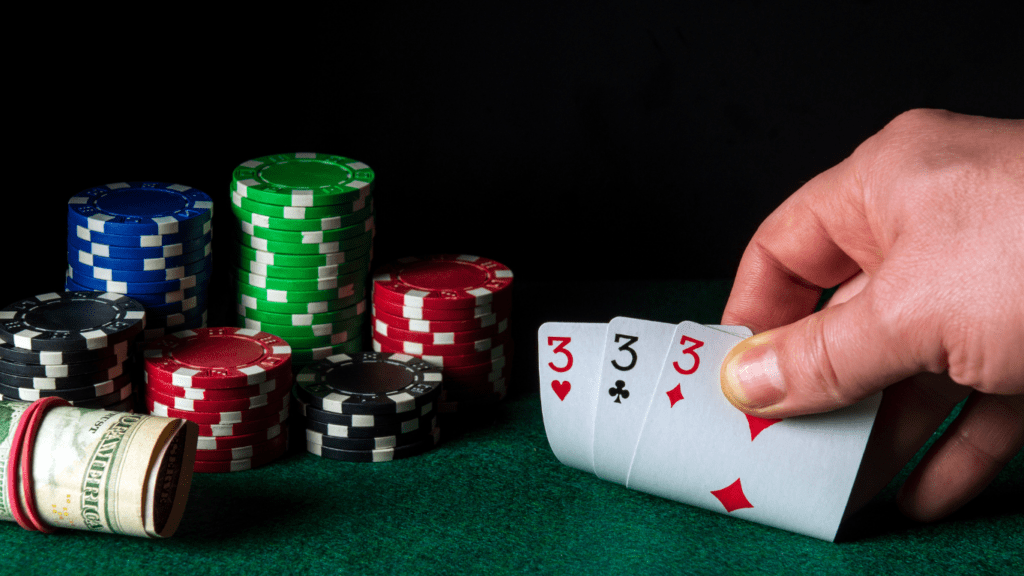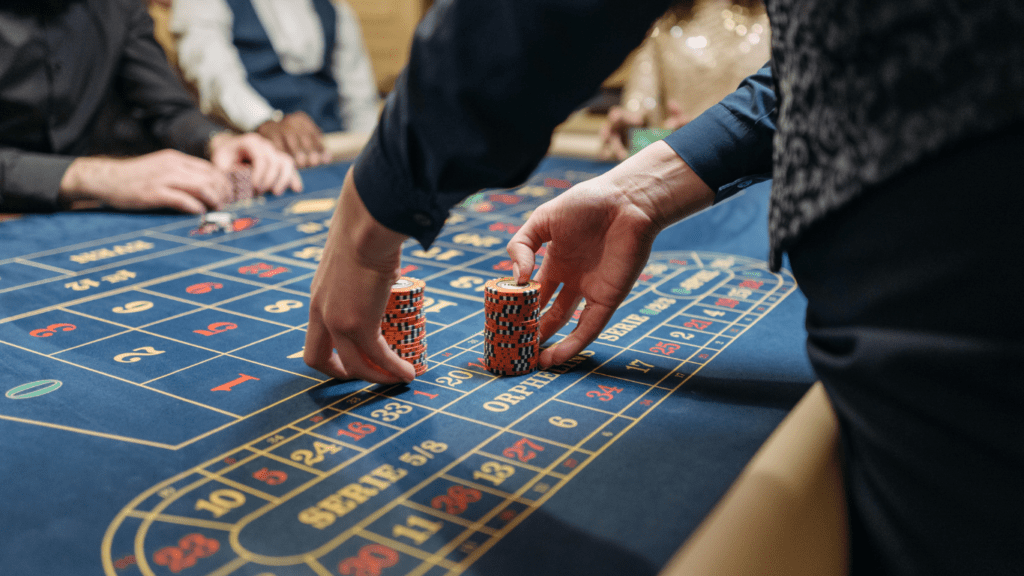Challenging Brain Teaser
Are you ready to put your critical thinking skills to the test? Below is an intriguing brain teaser that will challenge your ability to think outside the box. Give it your best shot!
Puzzle:
You walk into a room with a rabbit holding a carrot, a pig eating slop, and a chimp holding a peach. Which animal in the room is the smartest?
Let’s break down this brain teaser step by step to uncover the answer:
Observation: Take a moment to analyze the animals in the room: A rabbit holding a carrot A pig eating slop A chimp holding a peach
Analysis: The rabbit holding a carrot may seem smart for having a strategic food source like a carrot. The pig eating slop might appear less intelligent due to its messy eating habits. The chimp holding a peach could be perceived as smart for its ability to hold the fruit.
Answer: The correct answer to this brain teaser is you. Yes, you, the person who walked into the room, are the smartest animal present. This brain teaser is a trick question designed to test your ability to think beyond the obvious choices.
So, next time you encounter a tricky brain teaser like this one, remember to look beyond the surface and consider all possibilities before jumping to a conclusion. Happy puzzling!


 Pearlee Conleyora
Founder
Pearlee Conleyora is the visionary founder of Jackpot Lucky Deal, a platform dedicated to bringing jackpot enthusiasts the latest news, effective strategies, and insights into the ever-evolving world of jackpots and gaming. With extensive experience in online gaming and a keen understanding of the growing role of cryptocurrency in jackpots, Pearlee created Jackpot Lucky Deal to serve as a trusted resource. Her commitment to responsible betting and innovative jackpot strategies shines through every aspect of the site, ensuring that users not only have the tools to play smarter but also stay updated on trends and technological advancements in the gaming world. Pearlee’s leadership and forward-thinking approach are the backbone of Jackpot Lucky Deal, where her goal is to create a comprehensive, user-friendly platform that empowers both novice and seasoned jackpot players.
Pearlee Conleyora
Founder
Pearlee Conleyora is the visionary founder of Jackpot Lucky Deal, a platform dedicated to bringing jackpot enthusiasts the latest news, effective strategies, and insights into the ever-evolving world of jackpots and gaming. With extensive experience in online gaming and a keen understanding of the growing role of cryptocurrency in jackpots, Pearlee created Jackpot Lucky Deal to serve as a trusted resource. Her commitment to responsible betting and innovative jackpot strategies shines through every aspect of the site, ensuring that users not only have the tools to play smarter but also stay updated on trends and technological advancements in the gaming world. Pearlee’s leadership and forward-thinking approach are the backbone of Jackpot Lucky Deal, where her goal is to create a comprehensive, user-friendly platform that empowers both novice and seasoned jackpot players.

